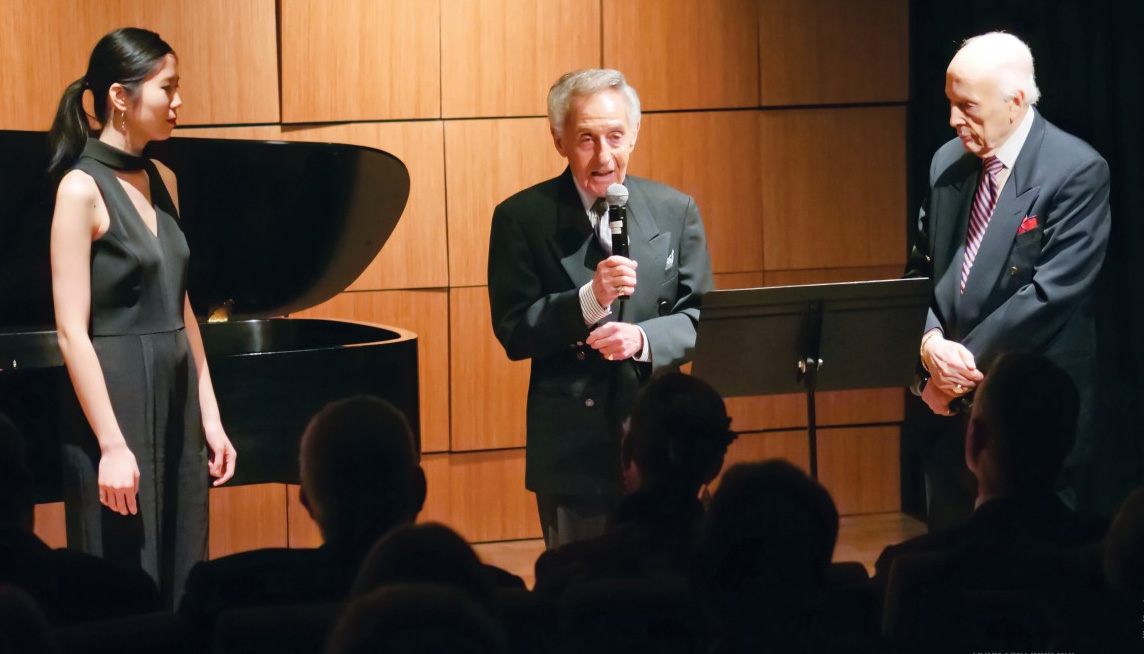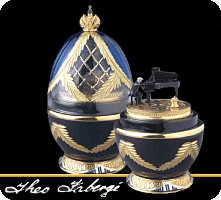
Norman Horowitz speaks at Steinway Hall as Melvin Stecher and Anna Han look on.
INTERNATIONALLY ACKNOWLEDGED as one of the most distinguished piano duos of their generation, Steinway Artists Melvin Stecher and Norman Horowitz sparked a major revival of interest in the two-piano concert. In 1951, these two young soloists, still in their teens, created a unique performing duo that for almost five decades afforded audiences the world over an unforgettable musical experience.
The acclaimed American piano duo — known as Stecher & Horowitz — are equally celebrated in the world of music education. Every two years, the Stecher and Horowitz Foundation, an outgrowth of the Stecher and Horowitz School of the Arts, hosts the New York International Piano Competition in Manhattan, open to pianists ages sixteen to twenty-one from all over the world. Since 2006, the foundation has commissioned a new solo piano work for each competition, which every participating pianist is required to perform. These commissions, written by important composers of the twentieth and twenty-first centuries, were recently released as The Stecher & Horowitz Commissions on the Steinway & Sons label.
On February 15 at New York City’s Steinway Hall, notable prizewinners of the New York International Piano Competition performed works commissioned for the competition on this album, including Walter Piston’s Concerto for Two Pianos Soli, originally written for two pianos and orchestra and performed on the 15th by Matthew Graybill and Larry Weng— via the Steinway & Sons Spirio. The same duo recorded the world premiere on the album. The two-piano version is less an arrangement of the original concerto than a complete rethinking of the score, and stands on its own as an important addition to the repertoire for two pianos.
The commissioned works take inspiration from the sparkling Pacific Ocean (Michael Torke’s Bays of Huatulco, performed by Charlie Albright) and the mysterious geoglyphs of the ancient Nazcas in Peru (Gabriela Lena Frank’s Nocturno Nazqueño). They draw from the works of Györgi Ligeti and Conlon Nancarrow (Avner Dorman’s Three Etudes) and the sound worlds of blues and jazz (John Musto’s Improvisation and Fugue), test the player’s control and musicality within a low dynamic range (Lowell Liebermann’s Two Impromptus), and bring the dance-like rhythms and contrapuntal lines of the Baroque suite into the twenty-first century (Michael Brown’s Suite for Piano). The performers on the recording became intimately familiar with these works as contestants in the New York International Piano Competition; most were either first-prize winners or recipients of the prize for best performance of a commissioned work — or both.
To learn more, visit steinway.com/music-and-artists/label


